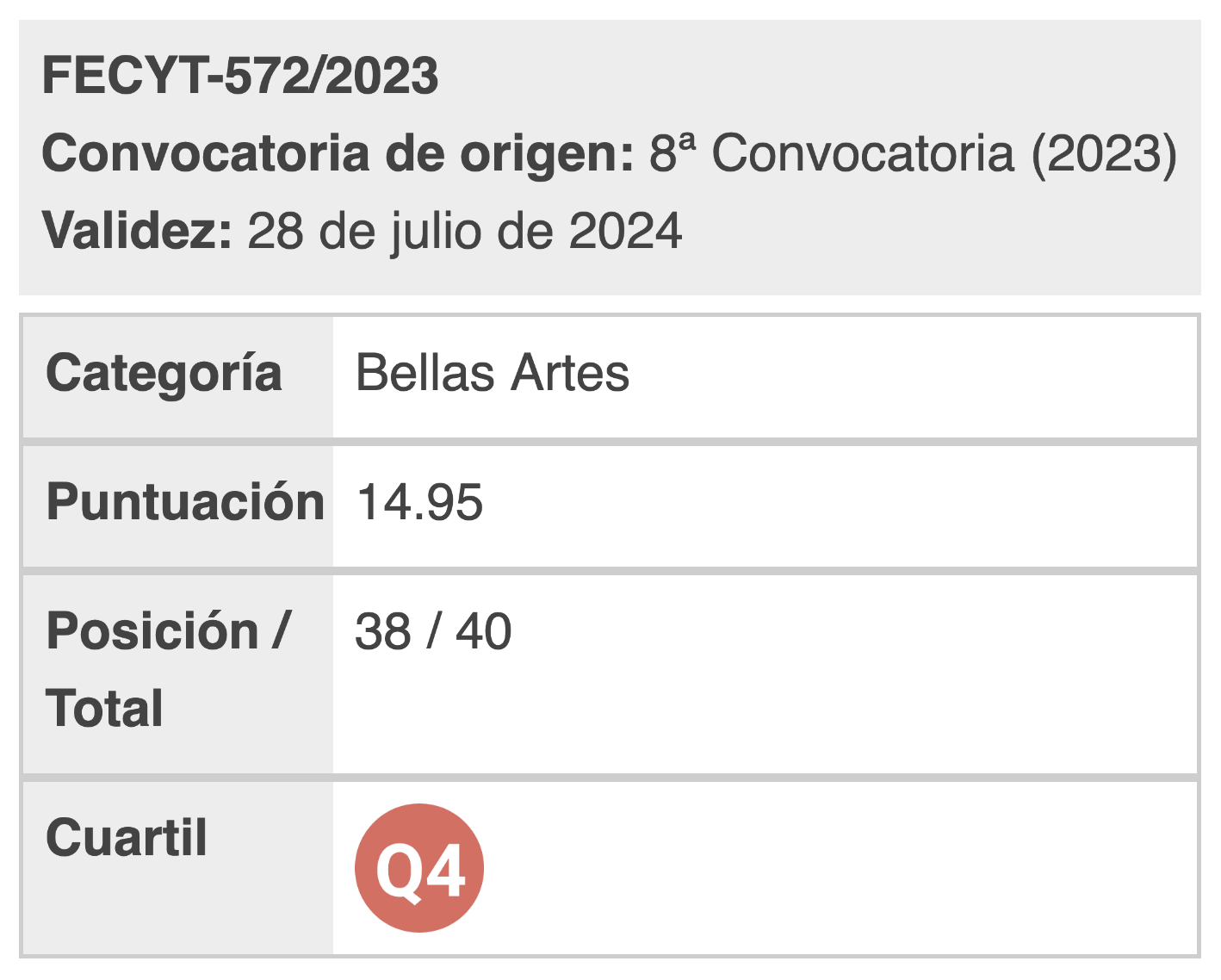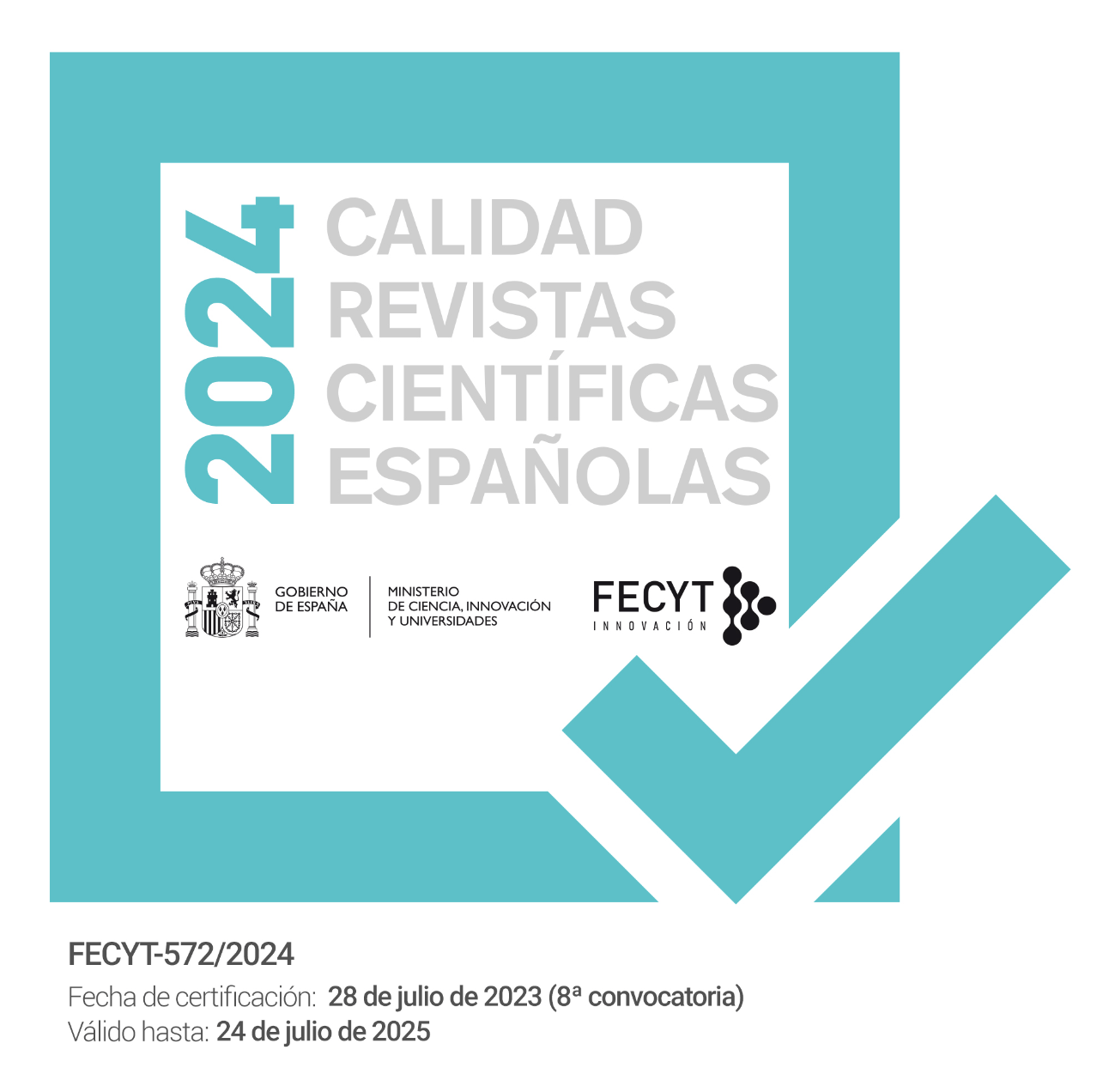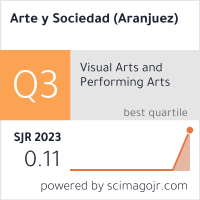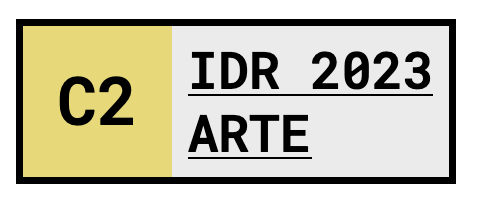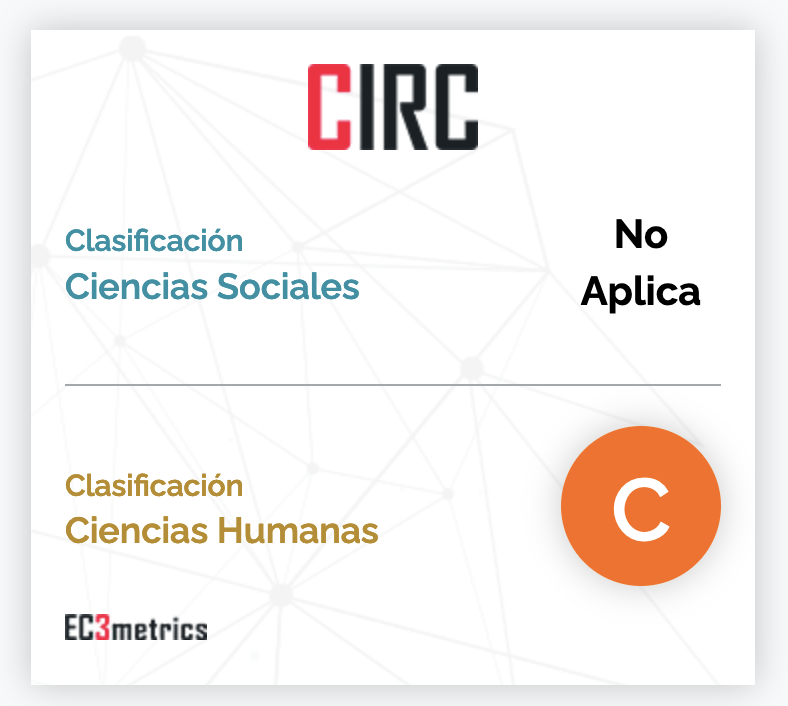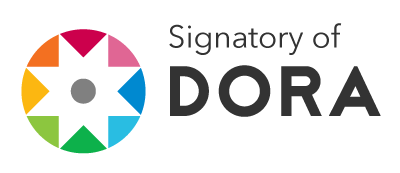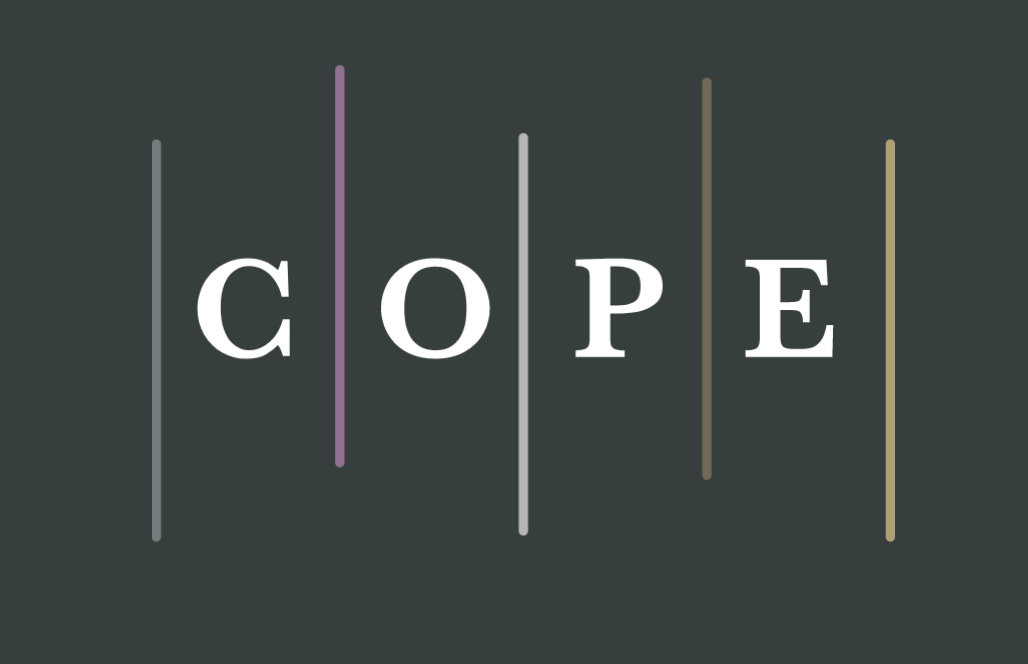The NFT phenomenon and its special connection with intellectual property
Present and future after the burst of the bubble
DOI:
https://doi.org/10.33732/ASRI.6814Keywords:
NFTs, blockchain, Intellectual Property, crypto-artAbstract
The emergence of the NFT phenomenon represented a revolution in the digital art market, largely due to the possibility of individualizing works as unique copies and the traceability of commercial operations. However, as has happened with other phenomena linked to the digital world, it ended up degenerating into a commercial bubble that has finally burst. Despite this, the NFT phenomenon is still valid, so it is necessary that from the field of Intellectual Property, clear answers are given to the questions they raise, so that both authors and collectors can operate within a sufficiently clear legal framework. Likewise, it is essential to identify the risks and tools that can help protect the rights of authors and create a safe environment for the trade of this type of works.References
Bondía Román, F. (1988). Propiedad intelectual. Su significado en la sociedad de la información. Trivium.
Callejo, J. (7 de marzo de 2021). Tokens NFT o la manifestación del culto al arte en los mercados financieros. Observatorio blockchain. Recuperado de: https://observatorioblockchain.com/nft/tokens-nft-o-la-manifestacion-del-culto-al-arte-en-los-mercados-financieros/ (Fecha consulta 07 de octubre de 2024).
Cole, S. (15 de marzo de 2021). Hackers Stole Thousands of Dollars Worth of NFTs from Collectors. VICE. Recuperado de: https://www.vice.com/en/article/v7mw7b/nifty-gateway-hacked-nfts (Fecha consulta 7 de octubre de 2024).
Crisafulli, M. (2024). NFT e infracción de la propiedad intelectual. Revista europea e iberoamericana de pensamiento y análisis de derecho, ciencia política y criminología, Ars Iuris Salmanticensis, vol. 12, n.º. 1, pp. 11-24.
Díez-Picazo, L. (1985). Fundamentos del Derecho Civil Patrimonial. Civitas, vol. II.
Espuga, G. (2023). Régimen jurídico de los tokens no fungibles (NFT). Breve referencia a su posible consideración como valores negociables. Derecho Digital e Innovación,12, pp. 2-9.
Galán Corona, E. (2007). Comentario al artículo 3. En Bercovitz Rodríguez-Cano, R. (coord.), Comentarios a la Ley de Propiedad Intelectual (pp. 37-67). Tecnos.
Guadamuz, A. (2021). The Treachery of Images: Non-fungible Tokens and Copyright. Journal of Intellectual Property Law & Practice. https://doi.org/10.1093/jiplp/jpab152
Hategan, V. (23 de septiembre de 2023). Dead NFTs: The Evolving Landscape of the NFT Market. DappGambl. Recuperado de: https://dappgambl.com/nfts/dead-nfts/
Kaczynski, S. y Kominers, S. D. (2021). How NFTs Create Value. Harvard Business Review Digital Articles. Recuperado de: https://hbr.org/2021/11/how-nfts-create-value (Fecha consulta 07-10-2024)
León Robayo, E. I. (2006). La posesión de los bienes inmateriales. Revista de Derecho Privado, 36, pp. 77-116.
López-Lapuente Gutiérrez, L., Nieto Brackelmanns, E., Sainz de Aja Tirapu, B., Seijo Bar, A. y Terol Cháfer, S. (2022). Non fungibles tokens (NFTs). En Valpuesta Gastaminza, E. M. y Hernández Peña, J. C. (dir.). Blockchain: aspectos jurídicos de su utilización (pp 145-180).
Manoylov, M. K. (4 de marzo de 2024). Second-most expensive CryptoPunk ever sells for 4,500 ETH, worth over $16 million. NFT Collections. Recuperado de: https://www.theblock.co/post/279896/second-most-expensive-cryptopunk-ever-sells-for-4500-eth-worth-over-16-million (Fecha consulta 07-10-2024)
Medina Amores, M. y Medina, M. A. (2022). El arte NFT y su irrupción en el mercado del arte. Boletín de Arte-UMA, 43 pp. 207-220. http://dx.doi.org/10.24310/BoLArte.2022.vi43.14377.
Murray, M. D. (2023). Transfers and Licensing of Copyrights to NFT Purchasers. Stanford Journal of Blockchain Law and Policy. Recuperado de: https://papers.ssrn.com/sol3/papers.cfm?abstract_id=4152475
Peña Bernaldo de Quirós, M. (1985). De la propiedad intelectual. En Albaladejo García, M. y Díaz Alabart, S. (coords.). Comentarios al Código Civil y Compilaciones forales (Tomo V, Vol. 4-B, pp. 715-717). Edersa.
Pérez Solá, C. (2020). Análisis de los "smart contracts" y del despliegue en ethereum de los "tokens" de blockimmo, Crowdvilla, Crowdlitoken y Alt.Estate. En: Garcia Teruel, R. M. (coord.). La tokenización de bienes en blockchain: Cuestiones civiles y tributarias (pp. 241-252). Aranzadi.
Trautman, L. J. (2022). Virtual Art and Non-fungible Tokens. Hofstra Law Review, 361. http://dx.doi.org/10.2139/ssrn.3814087
United States Patent and Trademark Office y United States Copyright Office. (2024). Non-Fungible Tokens and Intellectual Property: A Report to Congress. Recuperado de https://www.uspto.gov/sites/default/files/documents/Joint-USPTO-USCO-Report-on-NFTs-and-Intellectual-Property.pdf (Fecha de consulta: 24 de diciembre de 2024).
Vega García, P. (2023). La comercialización de obras plásticas digitales tokenizadas. Revista Aranzadi Derecho y Nuevas Tecnologías, 63, pp. 85-108.
Vega García, P. (2024). Aplicación de las normas para ejemplares únicos a obras plásticas digitales acuñadas con NFT. Revista de Derecho Civil, vol. XI, n. 1, pp. 195-239. Recuperado de: https://nreg.es/ojs/index.php/RDC/article/view/964 (Fecha consulta 7 de octubre de 2024).

Downloads
Published
How to Cite
Issue
Section
License

This work is licensed under a Creative Commons Attribution 4.0 International License.
You are free to:
Share — copy and redistribute the material in any medium or format.
Adapt — remix, transform, and build on the material for any purpose, including commercial.
Attribution — You must properly acknowledge the authorship, provide a link to the license, and indicate if any changes have been made.
You may do so in any reasonable manner, but not in any way that suggests that you endorse or receive any endorsement by the licensor for your use.
No additional restrictions — You may not apply legal terms or technological measures that legally restrict you from doing what the license allows.



